8 Nights / 9 Days
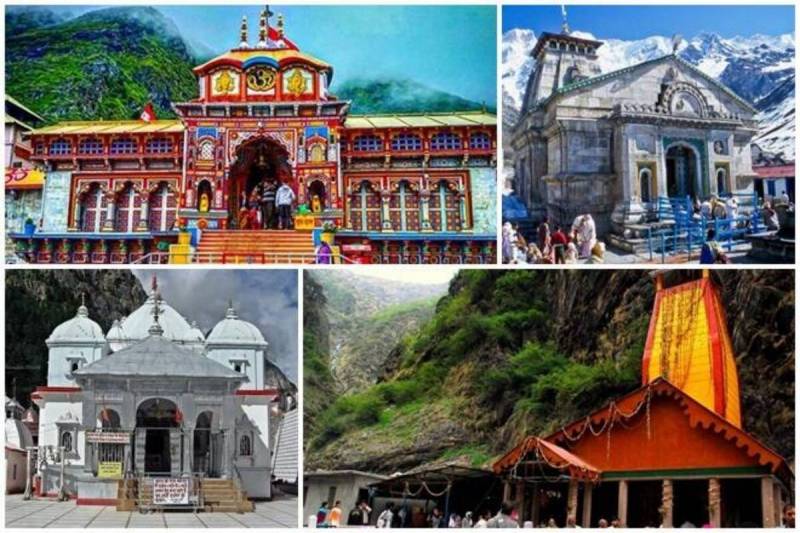
Meet our driver at Haridwa Station/ Bus Stand / hotel & drive for Barkot via Mussoorie, enroute visit Mussoorie Lake & Kempty Fall in Mussoorie. Later drive straight to Barkot. Check in to your pre-book hotel. Overnight stay at Barkot.
Mussoorie:- The name Mussoorie is often attributed to a derivation of Mansūr, a shrub which is indigenous to the area. The town is often referred to as Mansuri by most Indians. In 1803 the Gorkhas under Umer Singh Thapa conquered the Garhwal and the Dehra, whereby Mussoorie was established. On 1 November 1814, a war broke out between the Gorkhas and the British. Mussoorie were evacuated by the Gorkhas by the year 1815 and were annexed to the district of Saharanpur by 1819.
For More Information click to Mussoorie Tourism
Barkot Weather - Generally pleasant in summer, the temp. ranges from 25-30 degree Celsius, Winter: The Days are pleasantly cool but the nights are cold, temp. ranges from 10 deg to 05 deg.
Early morning after breakfast, drive to Jankichatti / Phoolchatti & start your trek from here for Yamunotri (6kms) (Either by walk or by horse or by Doli at own cost). After taking bath in Jamunabai Kund's warm water and having "Darshan" of "Yamunaji" return to Jankichatti by trek. Later drive towards Barkot, Overnight stay at Barkot.
Yamunotri Temple: Maharani Gularia of Jaipur built the temple in the 19th Century. It was destroyed twice in the present century and rebuilt again. At Yamunotri, One can cook rice by packing it in a cloth and dipping it in the hot water of the Taptkund. Pilgrims take this cooked rice home as "Prasad". Here near the temple "Pooja" can be offered to DivyaShila.
For More Information visit Yamunotri.
Surya Kund: There are a Number of thermal springs near temple, which flows into numerous pools. The most important of these is Surya Kund.
DivyaShila: A rock pillar, worshipped before entering the Yamunotri Temple.
Yamunotri Weather- In summer the maximun temp. is 18 degrees and the minimum is 10 degrees celsius. The days are pleasantly cool but the nights are cold.
Morning after breakfast, drive to Uttarkashi. Visit Shiv gufa on the way to Uttarkashi. Visit Kashi Vishwanath Temple in Uttarkashi city, after that check in to the hotel, day free for rest. Overnight stay at Uttarkashi. Uttarkashi is home to a number of ashrams, temples. The name of the town reflects its similarity to and location (as north of) the city of Kashi (Varanasi). Similar to Varanasi, town of Uttarkashi is also situated on the banks of River Ganga.
For More Information visit Uttarkashi.
Shivgufa: Shivgufa is a Small temple between Shivkhori, Barkot & Uttarkashi. Maximum devotee take darshan and then go for Uttarkashi.
Vishwanath temple - Vishwanath temple is one of the oldest Shiva temples in Northern India. Re-constructed in 1857 by Maharani Khaneti Devi of Tehri State in the ancient architectural style. It is situated at the heart of the town. A massive iron trident, symbolic of divine mother’s, is erected and worshiped from time immemorial at the temple complex. Ganeshji, SakshiGopal, Markandeya Rishi’s small shrines are also part of the temple complex. AkhandJyoti as well as AkhandAbhishek, special aarti at morning and evening are offered. As per SkundaPuran, Uttarkashi is known as ‘Saumya Varanasi’, the abode of Lord Shiva in Kaliyug and counted as one of the twelve Jyotirlingas.
Shakti temple - Right in front of the Vishwanath temple is Shakti temple. It has a big ‘Trishul’ of about 6 meters in height and a circumference of 90 cms. at bottom. Though there are different views about the making of this, the upper part of it seems to be made up of iron and the lower one is of copper. As per the epics this Shakti was thrown on the devils by the Goddess Durga(Shakti), hence it gets its name. Since then this Shakti is erected over here.
Uttarkashi Weather - Generally hot in summer, the temperature ranges from 30-35 degree Celsius but nights is pleasant, Cold in winters.
Early morning after breakfast drive to Gangotri, enroute at Gangnani take a holy dip in Garam Kund, further drive to Gangotri via beautiful Harsil Valley. Harsil is famous for its nature beauty and for the majestic views of the Deodar trees, Mountains and Apple gardens. On arrival at Shree Gangotri, take a holy dip in the sacred river Ganges which is also called Bhagirathi at its origin. Perform Pooja and Darshan, after that relax for some time in the lovely surroundings. Later drive back to Uttarkashi. Overnight stay at Uttarkashi.
Harsil:- Harsil, also known as the Mini Switzerland of India, Harsil is a village, located on the banks of the Bhagirathi River, on the way to Gangotri, a Hindu pilgrimage site in Uttarkashi district of the Indian state of Uttarakhand.
Ganges below Gangotri, near Harsil Situated at an altitude of 9,005 ft (2,745 metres.) from sea level, Harsil lies 78 km. from Uttarkashi, and 30 km away from the Gangotri National Park which is spread across 1,553 square km. The hill station is well- known for its natural environment and apple production.
For More Information visit Harsil.
Gangotri Temple: The temple was constructed by the Gorkha General Amar Singh Thapa in the 18th Century, is situated on the right bank of Bhagirathi.
For More Information visit Gangotri.
Gangotri Weather - The maximum temperature during summer can go up to 20° Celsius. Summer nights can get cooler with a minimum temperature of 10° Celsius. Light woolen clothes are required while visiting Gangotri during summer. Winter season is very cold in Gangotri. Gangotri will be covered in sheets of snow during winter. Pilgrimage centers remains closed throughout winter due to heavy snow falls.
Morning after breakfast, drive to Guptkashi via Moolgarh & Lambgoan. Enroute you can see the beautiful river Mandakini at Tilwara. The Mandakini river comes from Kedarnath, drive alongside the river to reach Guptakashi, visit Ardh Narishwar Temple in Guptakashi. Check into the hotel arrival in Guptakashi. Overnight stay at Guptakashi.
Guptakashi:-The name GuptKashi means "Hidden Kashi”. Mythology describes how when the Pandava brothers were searching for a glimpse of Shiva, Shivji first concealed himself at Guptkashi, but later fled from them further up the valley to Kedarnath, where the Pandavas finally got their wish fulfilled. There are more tangible connections as well-the Kedarnath pandas (priests) live in Guptkashi during the winter months, and after the Kedarnath temple closes for the winter, the image of Kedarnath passes through GuptKashi on its way to Ukhimath (across the valley), where it stays for the winter.
For More Information visit Guptkashi.
Guptkashi Weather - pleasant in summer, the temperature ranges from 25-30 degree Celsius. Cold in winters.
Morning after breakfast, drive for Sonprayag for trekking of Kedarnath (if you are going by trekking you have to leave hotel too early in the morning) Enjoy Kedanrath Darshan & trek back to Guarikund. Later drive for Guptkashi. Overnight stay at Guptkashi.
By Helicopter: Morning our driver will transfer you to your pre-book Helipad. After coming back to helipad our car will drop you at Hotel for rest.
By Trek: Morning our driver will drop you at Sonprayag then you have to take local jeep for Gaurikund & then your trek will start for kedarnathji. After darshan you follow same & back to Sonprayag. There is a big parking issue so driver will park the vehicle at other place if his contact no. is not working then you have to arrange other taxi or wait for your driver & send the message any other
Kedarnath: The Kedarnath shrine, one of the 12 Jyotirlingas of Lord Shiva, is a scenic spot situated, against the backdrop of the majestic Kedarnath range. Kedar is another name of Lord Shiva. According to legend, the Pandavas after having won over the Kaurava in the Kurukshetra war, felt guilty of having killed their own brothers and sought the blessings of Lord Shiva for redemption. He eluded them repeatedly and while fleeing took refuge at Kedarnath in the form of a bull. On being followed he dived into the ground, leaving his hump on the surface. The remaining portions of Lord Shiva appeared at four other places and are worshipped there as his manifestations. The arms appeared at Tungnath, the face at Rudranath, the belly at Madhmaheshwar and his locks (hair) with head at Kalpeshwar. Kedarnath and the four above-mentioned shrines are treated as PanchKedar.
For More Information Visit Kedarnath.
Kedarnath Weather - Due to its high altitude the weather in Kedarnath remains cold for most part of the year. Summer here is cool and pleasant while winter is severe. During summer season the temperature varies around 20°Celsius. Light woolen wear is recommended. Winter season in Kedarnath is severe with mercury falling to as low as 0°Celsius. During this time the place experiences snowfall as well. Due to the extreme climatic conditions, this time is usually avoided by tourists.
Morning after breakfast, drive to Badrinath. Check in to the hotel arrival in Badrinath. Pilgrims after having a bath in the Taptkund have the Darshan of Badrivishal & Aarti in evening. Brahamakapal is significant for Pinddan Shraddh of ancestors (Pitrus). There are other interesting sightseeing spot like Mana, VyasGufa, Maatamoorti, Charanpaduka, Bhimkund and the "Mukh" of the Saraswati River. Just within the 3 kms of Badrinath ji. Overnight stay at Badrinath.
Badrinath ji is one of the 'Ancient Four Dhams' and one of the most celebrated pilgrimage spots of the country and is situated at an elevation of 3,133 meters, guarded on either side by the two mountain ranges known as Nar & Narayan with the towering Neelkanth Peak providing a splendid backdrop. This revered spot was once carpeted with wild berries. Thus the place got the name "Badri van", meaning "forest of berries".
For More Information Visit Badrinath.
Tapt Kund: Natural thermal springs on the bank of the river Alaknanda, where it is customary to bath before entering the Badrinath temple.
Mana Village: Inhabited by an Indo-Mongolian tribe, it is the last Indian village before Tibet.
Vasundhara : As the name suggests, vasundhara is a magnificent water fall. This place is 5 kms. From Badrinath out of which 2 kms. Is motorable up to Mana.
BhimPul : On the other side of Mana village, a massive rock forming a natural bridge, lies over the roaring Saraswati river. It presents a spectacular view of water thundering down through the narrow passage under the rock and is believed to have been placed there by Bhim, the second eldest among the five Pandava brothers.
Vyas Gufa (cave): Near Mana Village, this is a rock-cave where VedVyas is believed to have composed the Mahabharata and the pauranic commentaries.
Badrinath Weather: The average maximum temperature will be around 18° Celsius and the average minimum is 8° Celsius. Warm and woolen clothes are hence required for a stay in Badrinath throughout the year. Winter in Badrinath is often accompanied by snow falls. Winter is very chilly with an average temperature of 5°Celsius. Due to the extreme climatic conditions, this time is usually closed for tourists.
Morning after breakfast, driver for Rudraprayag via Joshimath. Visit on the way Narsingh Temple in Joshimath later drive back to Rudraprayag via Joshimath. Check into the hotel arrival in Rudraprayag. Overnight stay at Rudraprayag.
Joshimath is situated on the slopes above the confluence of the rivers Alaknanda and Dhauliganga. Of the four 'Maths' established by AdiShankaracharya, Joshimath is the winter seat of Badrinath. The idol is brought down to Joshimath and installed in the temple for people to worship. There are many other temples in the township. The most important is the temple of Nir Singh with the idol of Lord Vishnu. The left arm of this deity is getting destroyed with time and the popular belief holds that the day the arm completely withers Badrinath valley will cease to exist and the Gods will transfer the residence into the neighboring Niti Valley at BhavishyaBadri.
Rudraprayag is one of the PanchPrayag (five confluences) of Alaknanda River. It is confluence of rivers Alaknanda and Mandakini. Kedarnath, a Hindu holy town is located 86 km from Rudraprayag.
Rudraprayag Weather - Generally hot in summer, the temperature ranges from 35-40 degree Celsius, Winter: The Days are pleasantly cool but the nights are cold, temp ranges from 20 deg to 05 deg.
Morning after breakfast, drive for Haridwar via Rishikesh. Rishikesh 'place of sages' is celebrated as spiritual town on the bank of Ganga and is surrounded by Shivalik range of the Himalayas on three sides. It is said that when Raibhya Rishi did hard penances, God appeared by the name of " Hrishikesh " and this area hence firth came to be known as Rishikesh. Later visit RishikeshTemples Sight Seeing – Laxman Jhulla, Ram Jhulla. Later drop at Haridwar.
Rishikesh: Named after the Lord Vishnu, Rishikesh is a holy city for Hindus. Located in the foothills of the Himalaya in northern India it is also known as the yoga center of the world and is home to many world renowned ashrams. Rishikesh styles itself as the ‘Yoga Capital of the World’, with masses of ashrams and all kinds of yoga and meditation classes. The fast-flowing Ganges is surrounded by forested hills inside the city. Apart from temples and ashrams Rishikesh is now a popular white-water rafting centre, backpacker hang-out, and gateway to treks in the Himalaya.
For More Information visit Rishikesh.
Adore Himalayas (A Travel Management Company) is a well-known and respected travel agency that is involved in offering different types of tour packages. We offers services like Car and coach rental services, Hotel booking service, Holiday packages, and Event organising. We are one of the best Tour operators offering affordable travel packages curated just for our valuable clients. We live up to our tagline “Travel to Explore” as we offer a wide options to the clients and exclusive travel packages that makes them think about travelling again and again.
Located in Shimla (Himachal Pradesh, India), Adore Himalayas (A Travel Management Company) is a travel agency that started its operations way back in 2022. The company is flourishing well under the expert guidance of the CEO, Mr Ankur Thakur. Our major areas of operation includes Himachal Pradesh, Rajasthan, Kashmir, Kerala, Goa, Leh & Ladakh, Lahaul & Spitti, Delhi, Agra, Uttarakhand, and Char Dham.
Our Staff of Experts
We have a group of qualified tour operators, who have been working in the industry for many years. Our staff keeps themselves up to date as per the latest market trends.
Why Pick Us?
Our extensive experience in managing the most challenging tasks makes us very sought-after by customers. Other factors contributing to our choice are:
1. Years of expertise
2. Excellent options for travel packages
3. Reasonable prices
4. Updated choices
5. Meets the exact requirements
6. Available all the time at your service Read More...
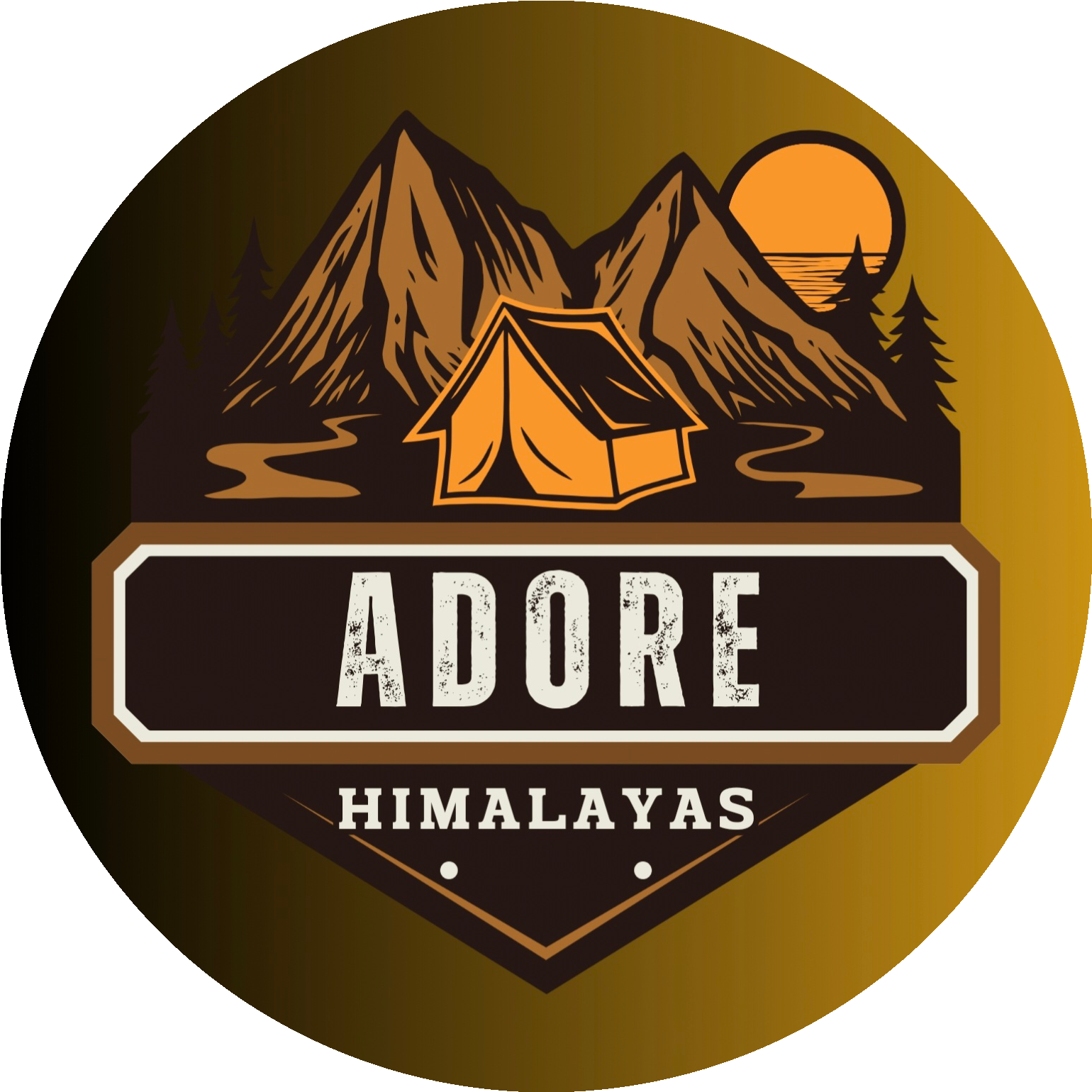
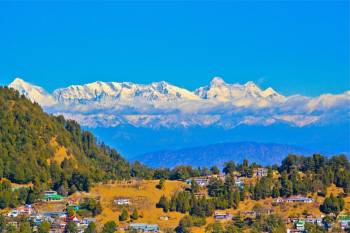 8D/7N
8D/7N
 6D/5N
6D/5N
 8D/7N
8D/7N
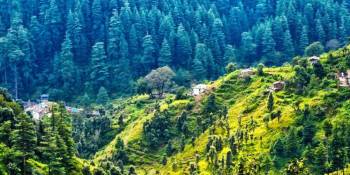 8D/7N
8D/7N
Nainital - Almora - Ranikhet - Haridwar ..
Mussoorie - Haridwar - Nainital - Almora - Rishikesh - Ranikhet
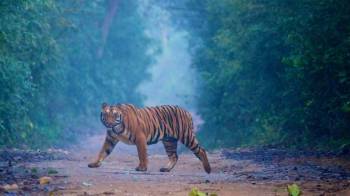 6D/5N
6D/5N
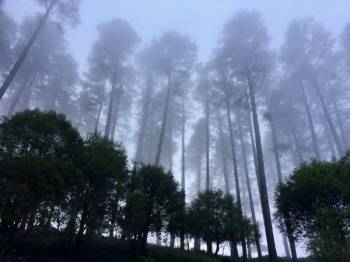 9D/8N
9D/8N
Mussoorie Haridwar Rishikesh Corbett Aul..
Mussoorie - Haridwar - Nainital - Rishikesh - Corbett - Auli
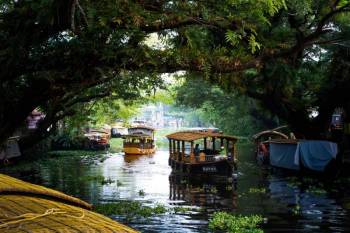 5D/4N
5D/4N
Munnar Thekkady Alleppey 4 Nights 5 Days..
Thekkady - Alleppey - Periyar - Munnar
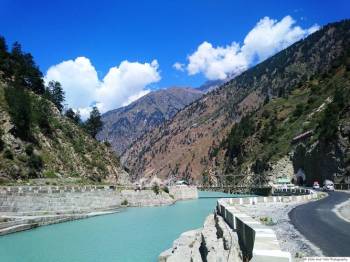 10D/9N
10D/9N
10 Days Kinnaur Spitti Valley Tour
Kinnaur - Lahaul & Spiti - Sangla - Chitkul - Tabo - Kalpa - Kaza
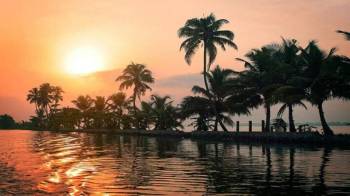 6D/5N
6D/5N
 9D/8N
9D/8N
Birding Tour for Corbett and Uttarakhand
Corbett - Pangot - Kumaon - Sundargarh - UP East - Sahibabad
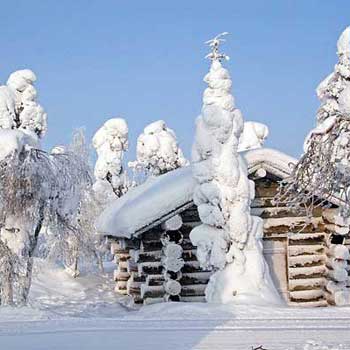 9D/8N
9D/8N
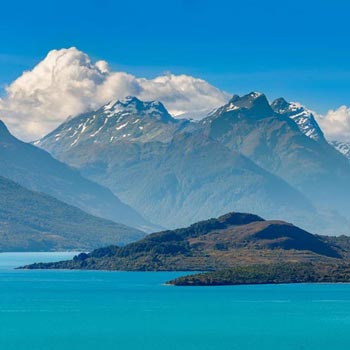 9D/8N
9D/8N
Honeymoon Tour To New Zealand - Colors O..
Auckland - Rotorua - Queenstown - Christchurch
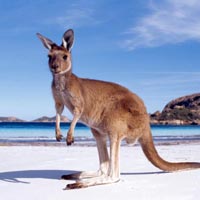 9D/8N
9D/8N
 9D/8N
9D/8N
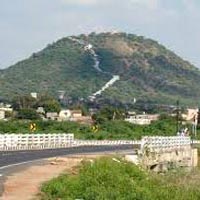 9D/8N
9D/8N
Ahmedabad - Bhuj - Kutch - Dwarka - Somnath - Rajkot - Sasangir
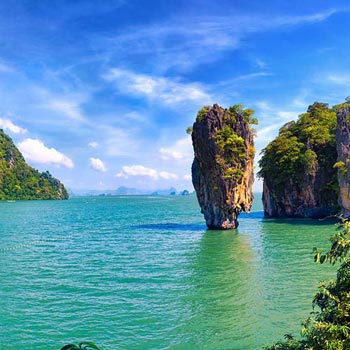 9D/8N
9D/8N
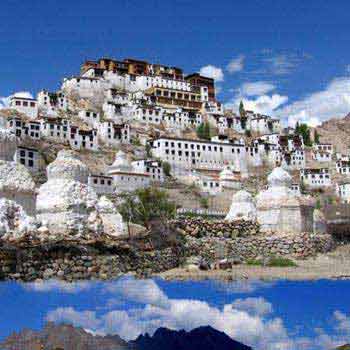 9D/8N
9D/8N
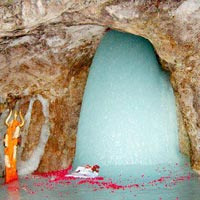 9D/8N
9D/8N
New Delhi - Katra - Anantnag - Srinagar - Ganderbal - Baramulla
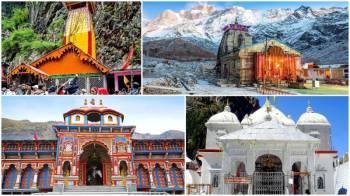 8D/7N
8D/7N
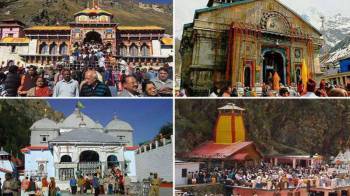 11D/10N
11D/10N
10 Nights - 11 Days Char Dham Yatra Pack..
Kedarnath - Badrinath - Yamunotri - Gangotri - Rishikesh - Rudraprayag - Uttarkashi..
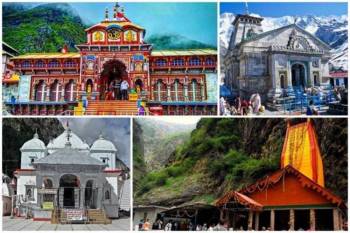 11D/10N
11D/10N
11 Days Uttarakhand Tour From Haridwar
Haridwar - Kedarnath - Badrinath - Yamunotri - Gangotri - Rishikesh - Barkot - Gupt..
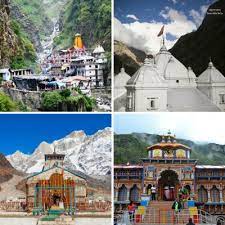 11D/10N
11D/10N
10 Night 11 Days Uttarakhand Tour Packag..
Kedarnath - Badrinath - Yamunotri - Gangotri - Rishikesh - Rudraprayag - Uttarkashi..
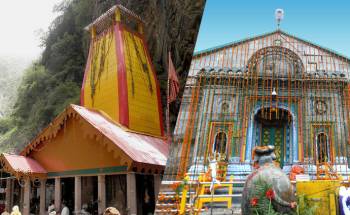 11D/10N
11D/10N
10 Night Uttarakhand Tour From Haridwar
Haridwar - Kedarnath - Badrinath - Yamunotri - Gangotri - Rishikesh - Barkot - Gupt..
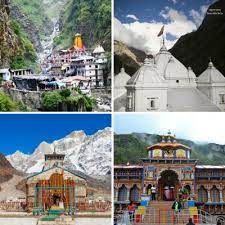 11D/10N
11D/10N
10 Night 11 Days Uttarakhand Tour Packag..
Kedarnath - Badrinath - Yamunotri - Gangotri - Rishikesh - Rudraprayag - Uttarkashi..
 10D/9N
10D/9N
Uttrakhand Tour Package 9 Night - 10 Days
Haridwar - Kedarnath - Badrinath - Yamunotri - Gangotri - Uttarkashi - Guptakashi
 10D/9N
10D/9N
Uttarakhand Tour Package 9 Nights - 10 D..
Haridwar - Kedarnath - Badrinath - Yamunotri - Gangotri - Uttarkashi - Guptakashi
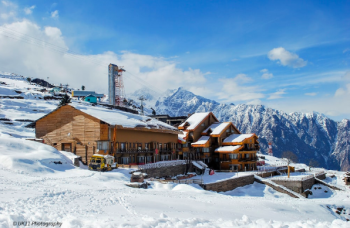 3D/2N
3D/2N